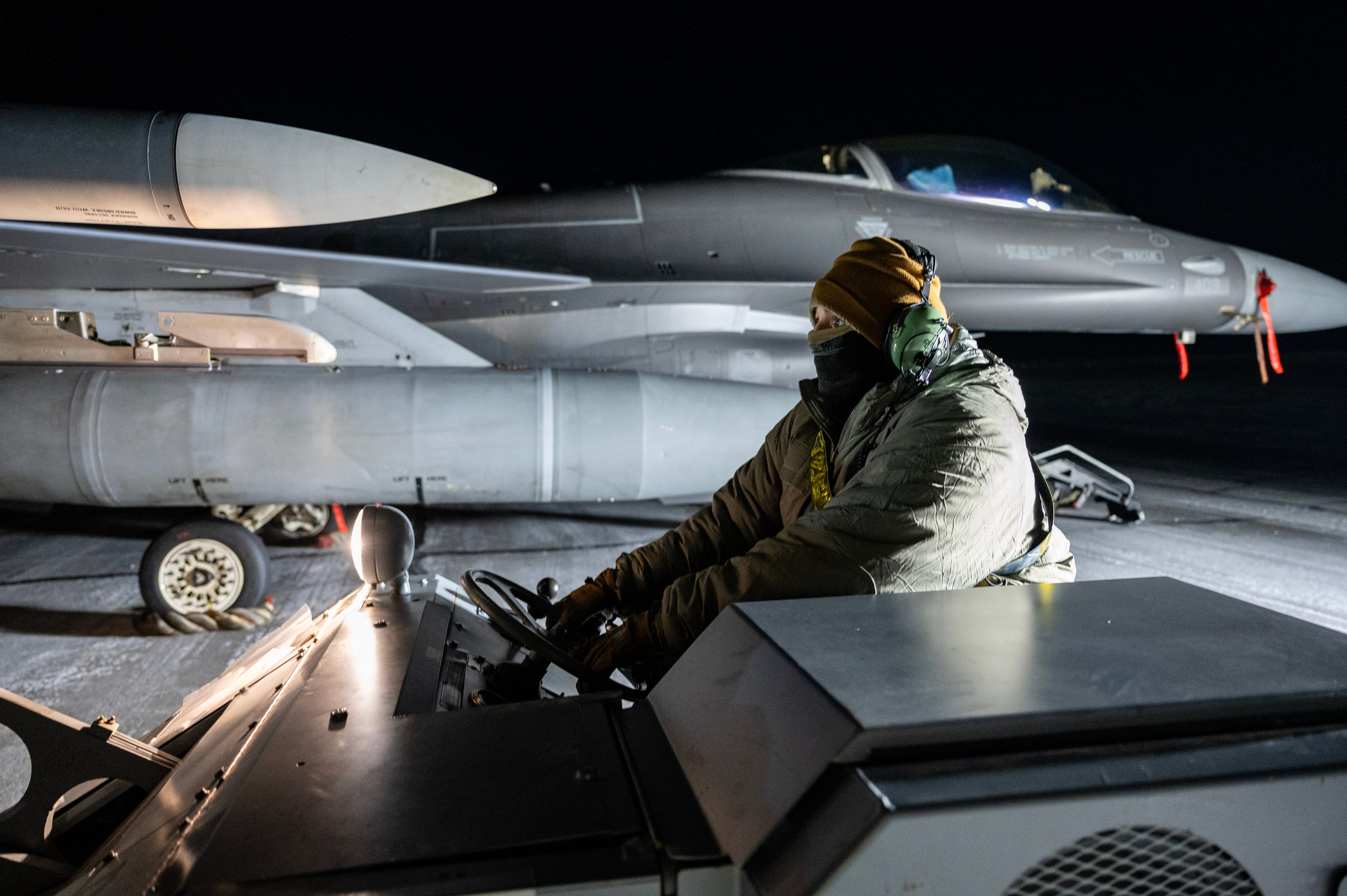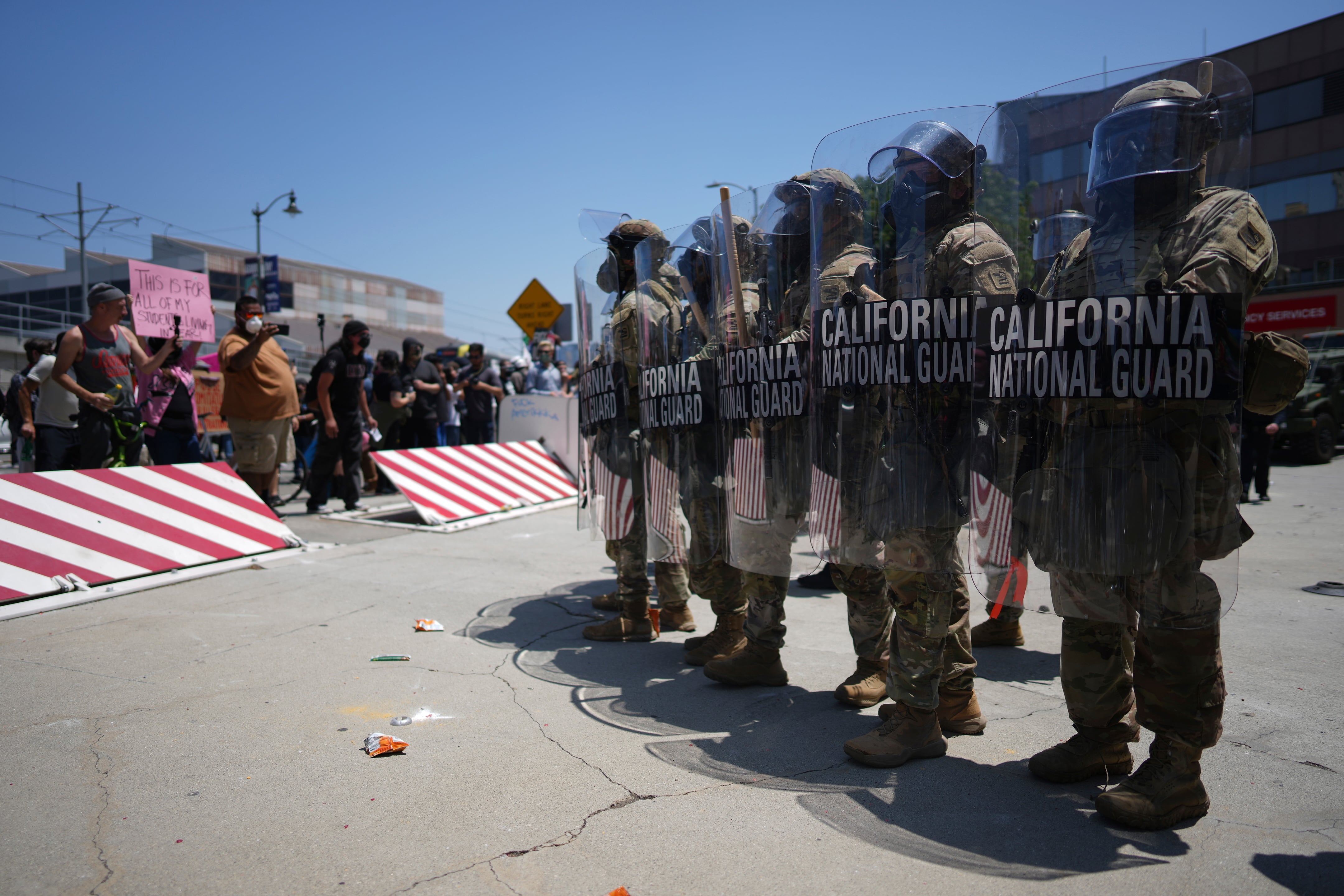WASHINGTON — The biannual Zapad military exercise, jointly run by Russia and Belarus, was closely watched this September by Western nations. And while there were some concerns that the movement could be a cover for aggressive action from Moscow, the exercise was completed without incident — and for those outside the region, largely faded from memory.
But for close NATO watchers, and especially the Baltic nations and Poland, seeing Russian forces operating up close provided some interesting threads to follow in the coming months.
“I think we gained some insight into things we knew they could do, but it just largely refreshed us in terms of knowing this is something that we have to work on,” said Jim Townsend, a longtime Pentagon Europe expert now with the Center for a New American Security think tank.
At the same time, “I don’t think we saw something that was shocking,” Townsend said. “We didn’t see a new capability, we just saw a lot of things that we’ve always known about and we worry about.”
Col. Kaupo Rosin, Estonia’s head of military intelligence, agreed that there was nothing truly shocking to come out of Zapad, but highlighted a few key takeaways from the event that his nation would be thinking through going forward.
The first big takeaway, Rosin told Defense News in a November interview, was what Russia was doing in the electronic warfare space, and specifically how Zapad was done in a largely EW-hostile environment, apparently reflecting how Russia excepts to have to deal with a Western assault.
“The amount of jamming of their own troops surprised me. It was at a level we haven’t seen. And they did it in the different branches, so land force, air force. That definitely surprised us,” Rosin said.
Under that status quo, the combined Russian forces had to fall back on maps and local knowledge of the Belarusian region they were stationed in. That helps train in two areas: building knowledge that could be vital for local forces defending against a Western incursion in the region, and getting used to what kind of electronic warfare NATO forces could bring to bear.
As a result, NATO should think of other means for disrupting Russian communications, rather than just jamming, Rosin said.
“It probably includes some cyber activities but we have to use them,” he noted. “Then of course we have to think, how do we protect our own communications? What are our solutions in cases of electronic warfare that then kick in?”
And the fact Russia could jam its own troops so easily shows they have advanced capabilities that could be turned on NATO forces in a time of conflict. And while that might not be a problem for Estonian forces, it could complicated the alliance being able to coordinate efforts.
“As a small country, we can still command troops using a paper map. We have done that always. So, for us I think it’s not that big of a problem,” Rosin noted. “The problem will kick in with reinforcement troops from other countries which are far away from home, and probably in higher echelons. When we are talking about the NATO command structure or different staff, then I think the problem will kick in.”
A second lesson from Zapad is the vital nature of speed for the NATO alliance. If Russia made a move through Belarus towards the Baltic states, could the alliance military get to the front quickly enough for it to matter?
“That’s always the question. The Russians have always the advantage of the time and space and troops,” Rosin noted, adding that a focus for the alliance in the coming year will be to figure out legal ways for NATO forces to move more quickly across nations’ borders. While Estonia has made it so allied forces can move in within 24 hours, other nations take longer.
“The rapid transport is very, very important including sea, air, and land, of course. And of course, the more troops we have for already in the peace time, the less we have to transport in the war time,” he said.
A third takeaway from Zapad is the role and importance of Belarus, which housed the official part of the Zapad exercise. Rosin said it was psychologically, militarily and politically vital for Russia to keep Belarus under its umbrella.
“If it’s achieved without any military action, it’s okay for Russia,” Rosin said, but he warned that “if there is a serious threat, that Belorussia will somehow slide away from their point of view, [Russia] will definitely use” military force to keep Minsk under its control.
And should that happen, Belarus is likely on its own, Rosin acknowledged.
“I don’t think that anybody will come to help Belarus in that case militarily. We will definitely all be very concerned and so on,” he said. “But there will be no — at least this is my current assessment in November 2017, is that there will be no military action [from NATO] if Russia conducts military action in Belarus.”
For Townsend, though, the biggest takeaway is to remember that Zapad is an important military exercise—and likely nothing more.
“We spin ourselves up and we give them these propaganda victories, and they don’t even have to do anything,” Townsend said. “They go ‘boo’ and everyone jumps and runs around, and we can’t let them do that.
“I think next time we have to be cool and calm and say ‘Lets just be cool here.’ They’ve been doing Zapad for many years and no one paid attention until recently. So, let’s not overreact, be proportionate, be cool, and not lose our minds.”
Aaron Mehta was deputy editor and senior Pentagon correspondent for Defense News, covering policy, strategy and acquisition at the highest levels of the Defense Department and its international partners.










